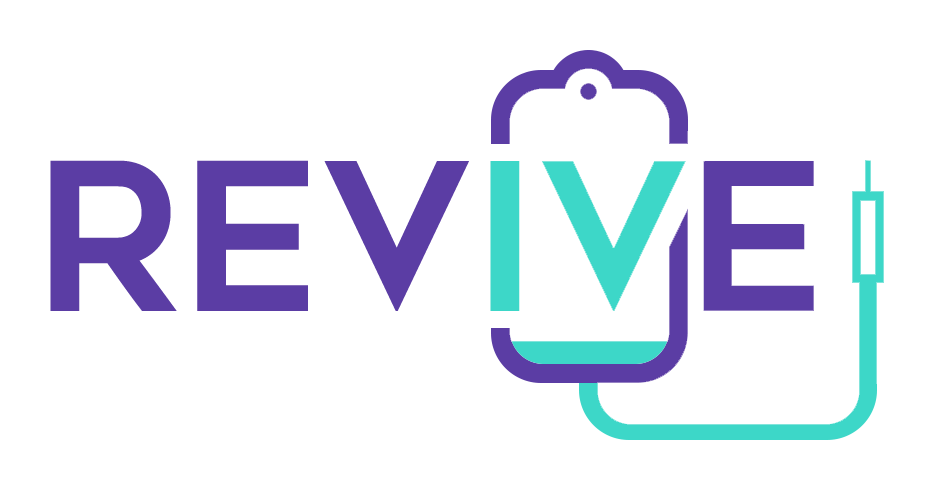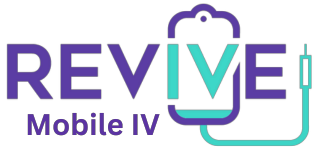Questions? click here to call
Recover Faster from Colds and Flu with IV Therapy
Recover Faster from Colds and Flu with IV Therapy

When battling a cold or the flu, finding effective ways to recover quickly is paramount. One emerging treatment option that is gaining popularity is intravenous (IV) therapy. This article explores how IV therapy can help you recover faster from colds and flu, providing a deeper understanding of the condition, the benefits of IV therapy, and what you can expect during a session.
Understanding Colds and Flu
Colds and flu, caused by viral infections, are among the most common illnesses impacting individuals worldwide. These conditions often share similar symptoms but vary in severity and duration.
The Common Symptoms and Complications
Typical symptoms of a cold include a runny or stuffy nose, sore throat, and mild fatigue. In contrast, flu symptoms tend to be more severe and can include high fever, body aches, chills, and extreme fatigue. Both illnesses can lead to complications, especially in vulnerable populations such as the elderly, children, and individuals with pre-existing health conditions.
Common complications associated with the flu include pneumonia, bronchitis, and sinus infections. These complications can extend recovery times and lead to more serious health issues if not addressed properly. It’s important to note that while colds are generally self-limiting, the flu can lead to hospitalizations, particularly in those with weakened immune systems. This underscores the importance of recognizing symptoms early and seeking medical advice when necessary, as timely intervention can prevent complications from escalating.
The Impact on Your Health and Daily Life
Getting sick can significantly disrupt your daily life, affecting work, social activities, and overall well-being. The fatigue and weakness that accompany colds and flu can diminish your productivity, leaving you feeling drained and unmotivated.
Moreover, prolonged illness can lead to more severe health issues, requiring additional recovery time and medical intervention. Understanding the impact of these illnesses can motivate individuals to seek effective treatments, such as IV therapy, to help them bounce back more quickly.
Additionally, the social implications of being ill can be profound; missed gatherings and events can lead to feelings of isolation and frustration. This emotional toll can further exacerbate the physical symptoms, creating a cycle that is difficult to break. Therefore, maintaining a healthy lifestyle, including proper nutrition and hydration, can play a crucial role in both preventing these illnesses and supporting recovery when they do occur.
The Science Behind IV Therapy
IV therapy involves delivering fluids, vitamins, and minerals directly into the bloodstream. This method allows for rapid absorption, enabling the body to receive essential nutrients that support recovery.
The Role of Hydration in Recovery
Hydration plays a crucial role in the recovery process from colds and flu. When sick, the body requires additional fluids to help flush out toxins and maintain optimal function. IV therapy can supply hydration efficiently, ensuring that you remain adequately hydrated while you recover.
Rapid hydration through IV therapy can alleviate symptoms such as headache and fatigue, making it an essential tool in the recovery arsenal during illness.
Essential Nutrients Delivered Directly to Your System
In addition to hydration, IV therapy can deliver a cocktail of essential nutrients that strengthen the immune system. Nutrients such as Vitamin C, zinc, and B vitamins are vital for immune function and repair processes within the body.
By bypassing the digestive system, IV therapy ensures that these nutrients are immediately available for use, enhancing their effectiveness in combating illness.
Benefits of IV Therapy for Colds and Flu
IV therapy offers numerous benefits for those looking to recover from colds and influenza more efficiently. Here are some key advantages:
Speeding Up Recovery Time
One of the most significant benefits of IV therapy is its ability to enhance recovery time. By providing immediate hydration and the necessary nutrients, patients often find themselves feeling better more quickly than with traditional oral treatments.
A well-timed IV therapy session can mean the difference between several days of discomfort and a faster return to health.
Boosting Your Immune System
IV therapy not only helps in recovery but also acts as an immune booster. The direct delivery of essential vitamins and minerals strengthens the immune response, making it easier for the body to fend off infections.
Furthermore, a robust immune system can reduce the risk of developing complications, allowing you to resume your regular activities sooner.
Different Types of IV Therapy for Illness Recovery
Several types of IV therapies can facilitate illness recovery, tailored to individual needs and conditions.
High-Dose Vitamin C IV Therapy
High-dose Vitamin C IV therapy is gaining traction as a valuable treatment during flu and cold seasons. Vitamin C plays a crucial role in immune function, and administering it intravenously allows for higher doses to be delivered quickly.
This method can significantly reduce the duration and severity of symptoms, making it an appealing option for those looking to shorten their recovery time.
Immune Boosting IV Therapy
Immune boosting IV therapy combines various vitamins and minerals, specifically formulated to enhance the immune response. This type of therapy may include components such as Vitamin C, zinc, and magnesium, which play a vital role in fighting off infections.
By utilizing this tailored approach, individuals can support their immune systems more effectively during challenging illness periods.
What to Expect During an IV Therapy Session
Understanding what to expect during an IV therapy session can alleviate any concerns or apprehensions.
The Process of IV Therapy
During an IV therapy session, a healthcare professional will insert a small catheter into a vein, typically in your arm. The therapist will then attach the IV bag containing the hydration solution and nutrients. The process usually takes between 30 minutes to an hour.
Patients can relax during the treatment, often reading, listening to music, or simply resting while the infusion takes place.
Safety and Side Effects of IV Therapy
IV therapy is generally safe when administered by trained professionals. However, like any medical treatment, it can have side effects. Some individuals may experience mild discomfort at the injection site, lightheadedness, or allergic reactions.
It's essential to discuss your medical history and any concerns with your healthcare provider beforehand to ensure that you receive safe and effective treatment tailored to your needs.
In conclusion, IV therapy presents a valuable option for speeding up recovery from colds and flu, providing essential hydration and nutrients directly to your system. By understanding how this therapy works and what to expect, you can make an informed decision in favor of a faster recovery.











